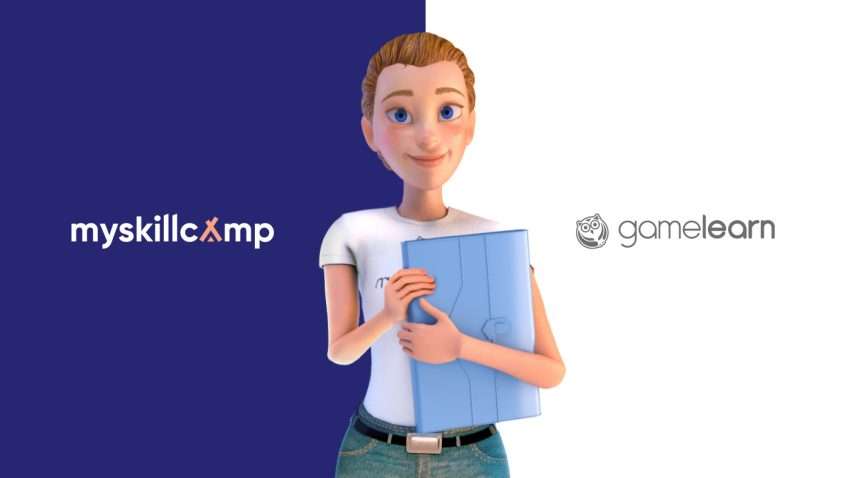Are you interested in training your employees online but not sure how to move your operations to a virtual platform?
In recent years, we’ve seen a drastic rise in the demand for online training courses specifically designed to enhance onboarding experiences or help employees hone soft skills. But, there is a multitude of other reasons to switch over to e-learning. For example:
- It saves money.
- You can eliminate time constraints and physical classrooms.
- You can access courses from any mobile device or computer.
- It drives digital transformation.
- It lets you track results and give feedback.
Implementing this methodology is not nearly as complicated as it may sound on its face. You can do it too by following these quick and easy steps.
1. Diagnose the needs of your company
Every organization has different long and short-term training needs, which are defined by the company’s strategy and personnel. It’s important to keep your finger on the pulse of your company, and luckily there are many ways to do so:
- Surveys and questionnaires: asking employees specific and pointed questions
- Tests: assessing your teams’ knowledge to pinpoint any weaknesses
- Meetings: focusing on company policies or programs through conversation
- Individual interviews: focusing on verbal communication, but in a more intimate environment
- Observation: gathering and analyzing information about the company and its employees through observation
Once you’ve identified your company’s needs, then you can start prioritizing its goals and start looking for the right platform.
2. Choose the correct platform
Training managers should weigh their options and decide which training platform is best for them. For better or for worse, there are ample options on the digital market, but a good way to narrow them down is by doing a SWOT analysis. You should also consider the following when choosing a platform:
- Do you want to be able to write your own content?
- Will the courses increase employee engagement?
- Should the design be adaptable?
- Does it offer reports or feedback?
3. Organize the rollout
If you want the platform to be implemented without any hitches, consider and have your team ready for any possible complications that may arise. Lay out steps for what the launch will look like, including a communication plan and a strategy for after the unveiling.
Pay as close attention as possible to every detail, but you’ll likely find it much easier and more intuitive than you may be imagining.
5. Train your teams
Putting together a training session (using the new tool) about the new tool is a great way to get people excited about it. So, put together some sessions and invite the relevant people or teams.
Make sure employees understand the benefits of the platform and how it works, as well as answer any of their lingering questions before starting.
6. Measure the results
Once you’ve started your training program, how do you know you’ve made the right decision? Start quantifying its value.
Set up a trial period and monitor the tool’s performance along with how your teams are progressing with their training. Keep track of the following:
- User incidents
- Course completion and recommendation rates
- The results of satisfaction surveys
- Loading times on the platform
- The quality of tech support
How does Gamelearn’s platform fit into all this?
Gamelearn offers a 100% cloud-based training platform that’s been on the market for more than 15 years and has delivered high-quality training to more than 3,000 companies around the world.
There are three main characteristics that set Gamelearn apart from its competitors:
- Gamification: storytelling, awards, leaderboards, points, badges, etc. work wonders for increasing player engagement and motivation. And the results are clear: Gamelearn games have an average course completion rate of 94%.
- High-quality content: the material taught prioritizes applicability and usefulness in students’ lives in and out of the office.
- Experiential learning simulators: retention rates are high when students can put what they learn into practice. That’s why Gamelearn’s in-game simulators focus on real-life situations and immediate feedback.
Are you ready to take the next step in your company’s corporate training? Let us know, we’re here to help you see results.





